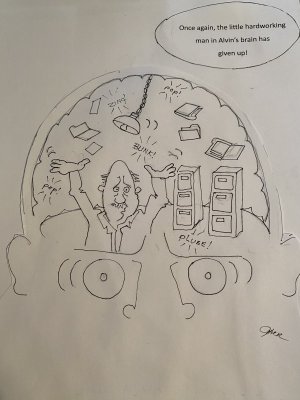Murrmurr
SF VIP
- Location
- Sacramento, California
These videos are not new but still the standard for actually seeing how our body processes chemicals, acids, and nutrients at the molecular level. We have itsy-bitsy weavers at their looms, walking robots with carts and carriers, and trains, train stations, and porters working round the clock inside us. And some of them are kinda cute.


